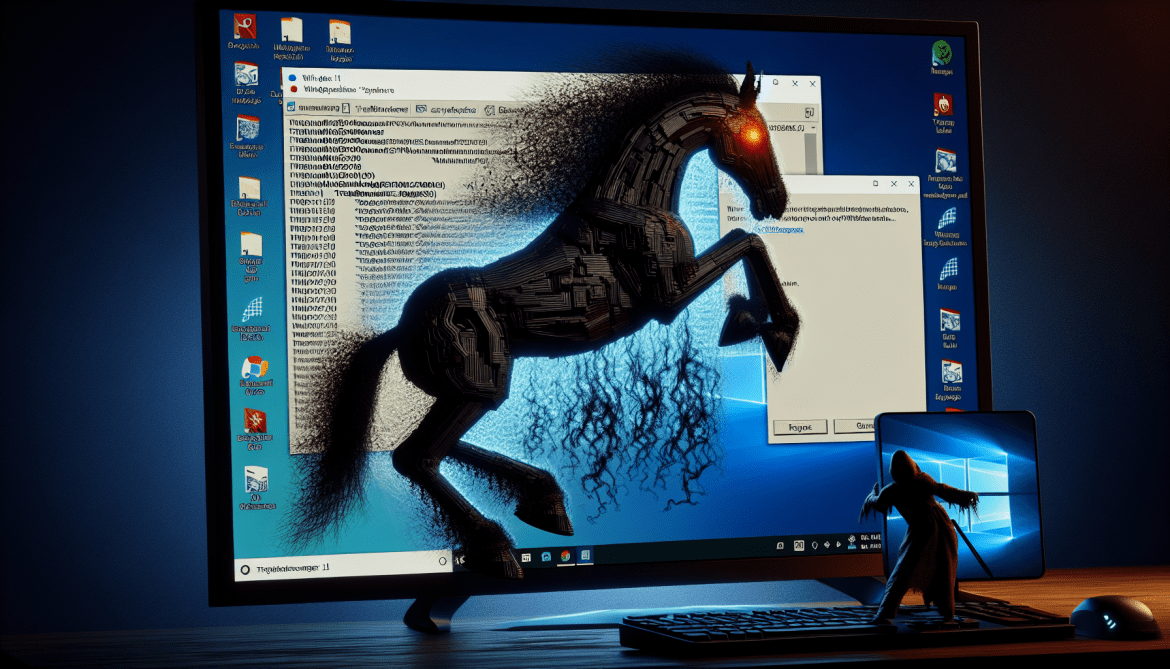Trojan:Win32/Redline.C!Mtb is a type of Trojan malware that infects computers running on the Windows operating system. It is a malicious program that disguises itself as a legitimate file or software, allowing it to enter the system undetected.
Trojan:Win32/Redline.C!Mtb can infect computers through various means, including:
1. Email attachments: It may be distributed as an attachment in spam emails. Once the user opens the infected attachment, the Trojan is executed, and it starts infecting the system.
2. Fake software downloads: It can be bundled with pirated or cracked software, keygens, or other illicit downloads available on unauthorized websites. Users who download and install such software unknowingly introduce the Trojan into their system.
3. Infected websites: Visiting compromised or malicious websites can also lead to the installation of the Trojan. These websites may contain malicious scripts or exploit kits that exploit vulnerabilities in the user’s browser or operating system, allowing the Trojan to be downloaded and executed.
4. Drive-by downloads: The Trojan can be silently downloaded and installed when a user visits a compromised website or clicks on a malicious advertisement.
Once installed, Trojan:Win32/Redline.C!Mtb can perform various malicious activities, such as stealing sensitive information, opening a backdoor for remote hackers, downloading and executing additional malware, or logging keystrokes to capture usernames and passwords.
It is important to note that this information is general in nature and may not encompass all possible infection methods or behaviors associated with Trojan:Win32/Redline.C!Mtb. To protect your computer, it is recommended to use reputable antivirus software, keep your operating system and applications up to date, avoid downloading files from untrusted sources, and exercise caution when clicking on links or opening email attachments.

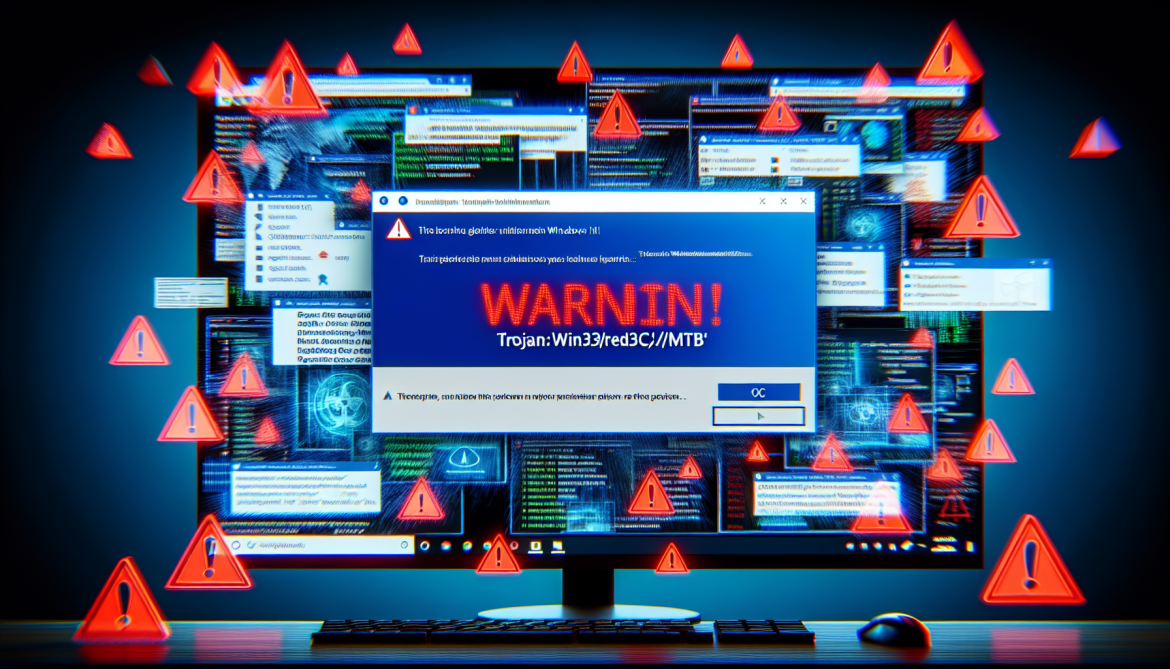
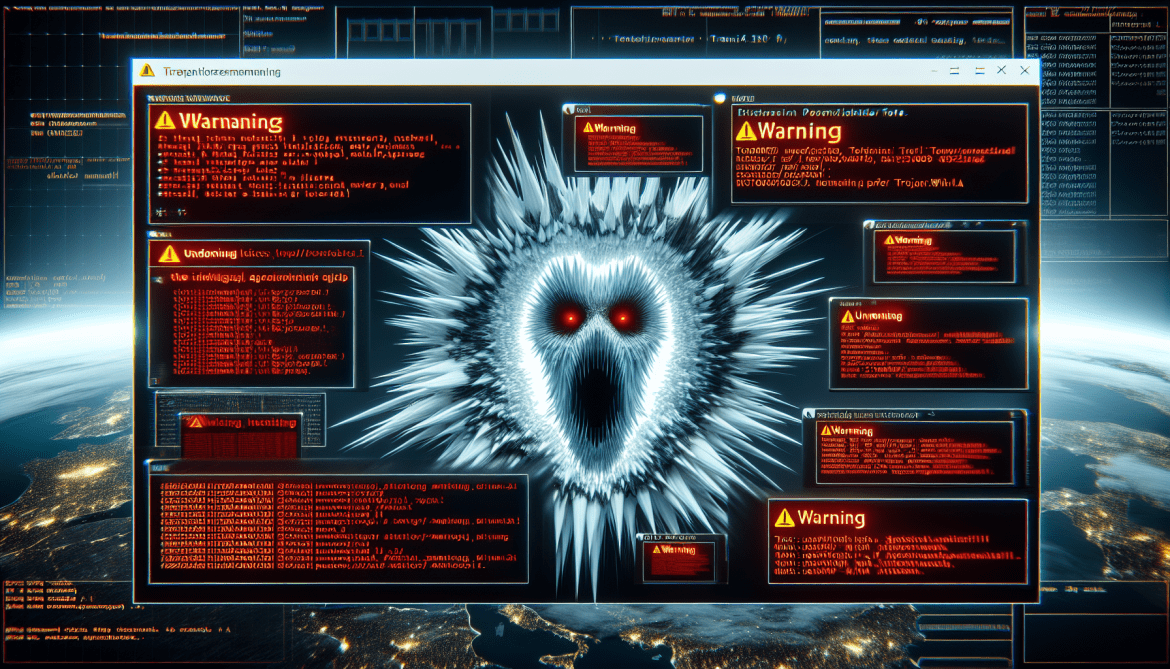
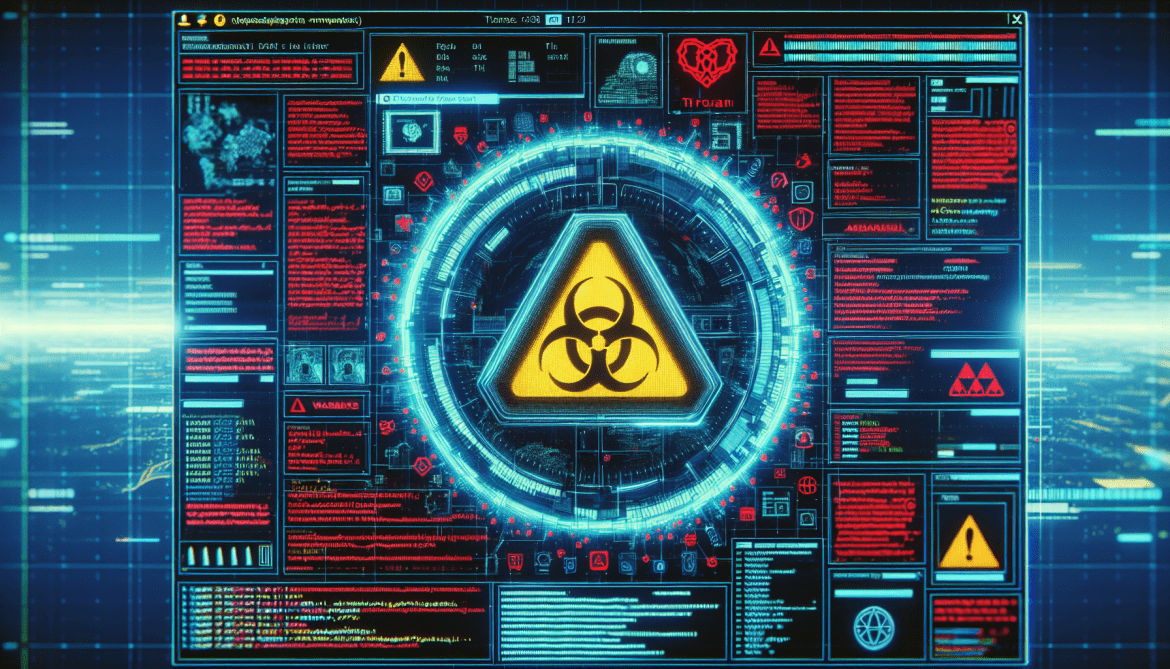
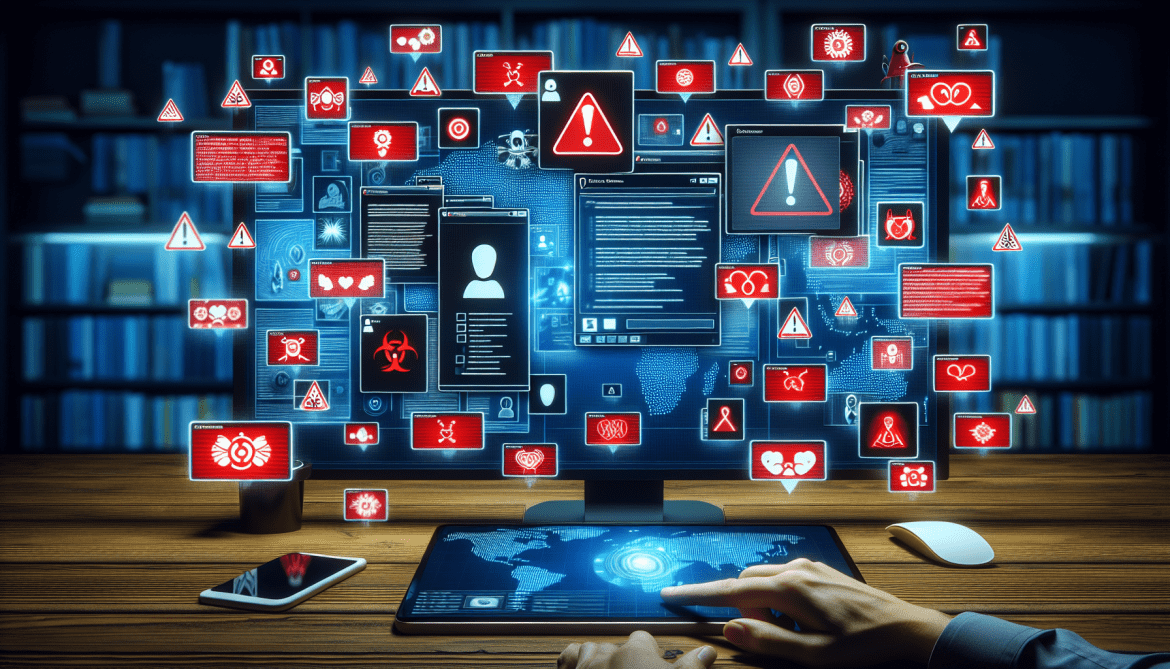
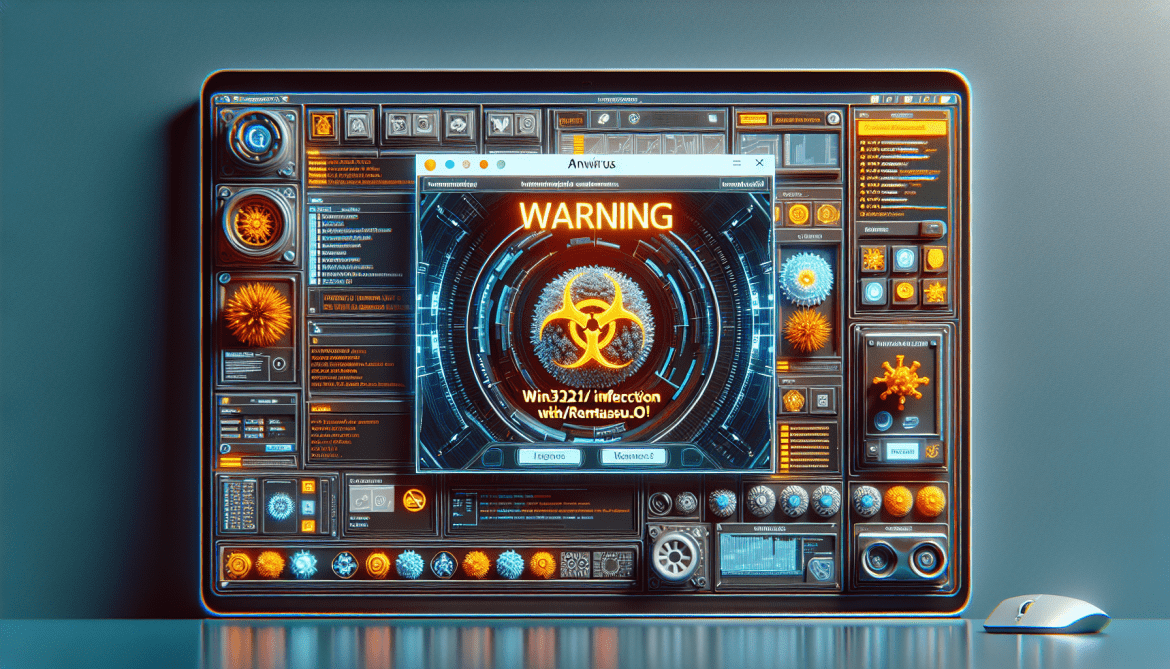

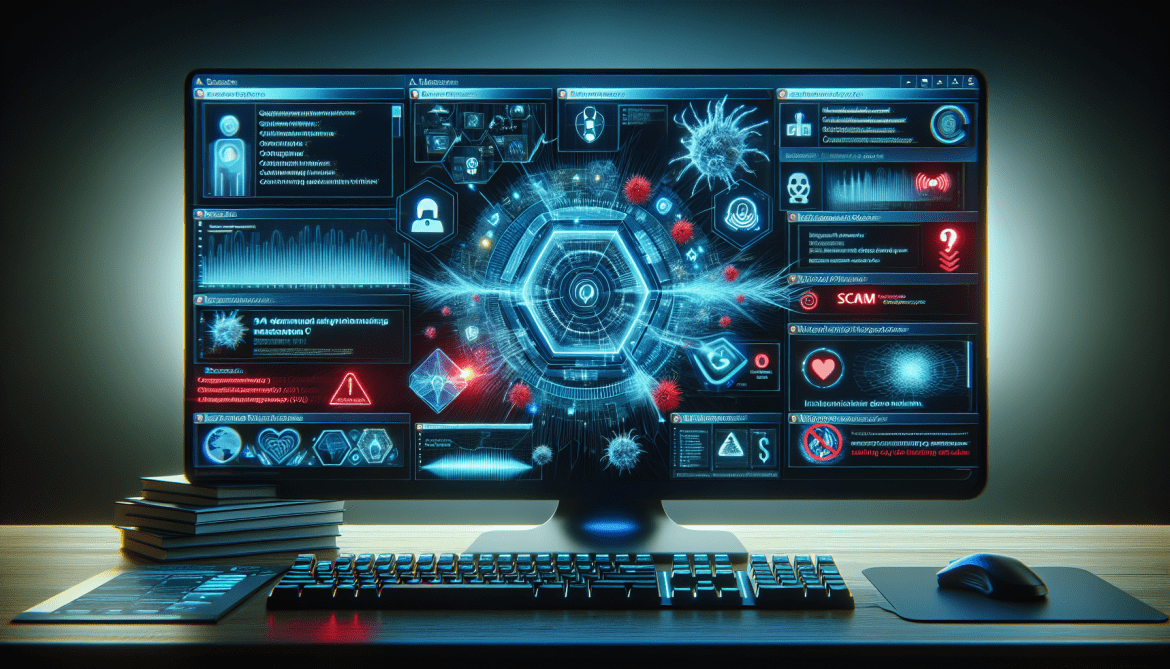
![How to remove Win32:Vundrop [Drp]](https://malwarewarrior.com/wp-content/uploads/2024/02/win32-vundrop-drp--1170x669.png)
![How to remove Win32:Ransom-Axt [Trj]](https://malwarewarrior.com/wp-content/uploads/2024/02/win32-ransom-axt-trj--1170x669.png)
